by Michael Haskew
In 1936, Adolf Hitler gave his mistress Eva Braun a 16mm movie camera. Fascinated with the gift and already an accomplished photographer, Eva filmed hours of footage during the next five years.
[text_ad]
Among the subjects were her family members relaxing at Lake Königsee in Bavaria near Hitler’s retreat at Berchtesgaden, friends visiting Eva’s apartment in Munich, and glimpses of the private and semiprivate life of perhaps the most infamous man in history. Absent the fact that Eva Braun is remembered as Hitler’s mistress, her home movies would have been nothing more than nondescript images of another era. However, they now represent much more than that, documenting the often mundane lives of the Führer and his cronies at their leisure during the halcyon days of the Nazi era – probably from the mid-1930s through the summer of 1941, when German armies had conquered virtually all of Western Europe and appeared to be marching to victory against the Soviet Union.
An All-Star Cast
Some of the filming took place on the broad expanse of the Berghof terrace and at the Eagle’s Nest, and striking color images show Hitler greeting guests, meeting children, standing with Blondi, his Alsatian dog, and making small talk. Among the other visitors that Eva captured on film were Heinrich Hoffmann, chief photographer of the Nazi Party and Braun’s employer for several years, Hitler’s personal physician Dr. Theodor Morell, Adolf Wagner, a longtime member of the Nazi Party, district leader or gauleiter, and the issuer of an order to remove crucifixes from the walls of schools in Bavaria, Albert Speer, Hitler’s architect and later Minister of Armaments, Propaganda Minister Josef Goebbels, and Heinrich Himmler, the chief of the dreaded SS and a foremost proponent of the Final Solution that resulted in the deaths of millions of Jews and perceived enemies of the Nazi state.
In one sequence, Himmler talks with Reinhard Heydrich, a high-ranking SS officer known as the Butcher of Prague and the Blond Beast for atrocities committed with his approval while serving as Reich Protector of Bohemia and Moravia. By the time Braun’s footage was filmed, Heydrich had already presided over the notorious Wannsee Conference during which he announced the Nazi plan for the liquidation of European Jewry to those who would implement it. In May 1942, Heydrich was seriously wounded by British-trained Czech assassins. He died a few days later. In reprisal, the entire Czech village of Lidice was destroyed, and every man, woman, and child there was either killed or sent to a concentration camp.
An Unsettling Reminder
Viewed today, the films of Eva Braun are unsettling when one considers that such evil men engaged in ordinary activities, laughing, enjoying sunshine, drinking tea, and eating cakes. When the war turned against Germany, the filming appears to have abruptly halted.
These stark images might never have been revealed to the world without the effort of one man, film historian Lutz Becker. In 2013, Becker told Robert McCrum and Taylor Downing of The Guardian newspaper that he fulfilled a personal quest in the spring of 1972, when he discovered the canisters containing the films in a derelict heap while exploring an old aircraft hangar in Maryland that was being used as a storage annex by the U.S. National Archives.
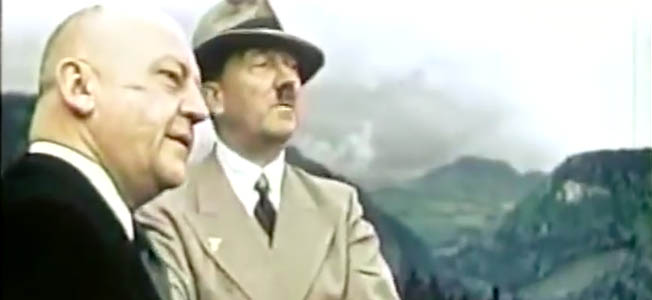
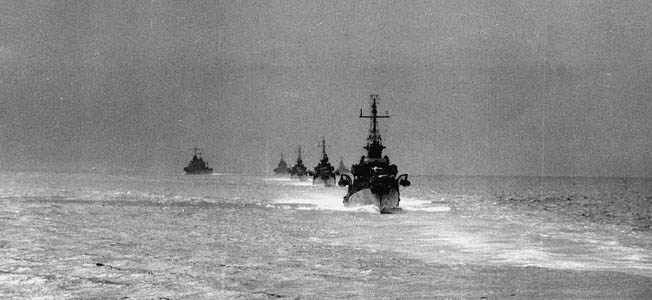
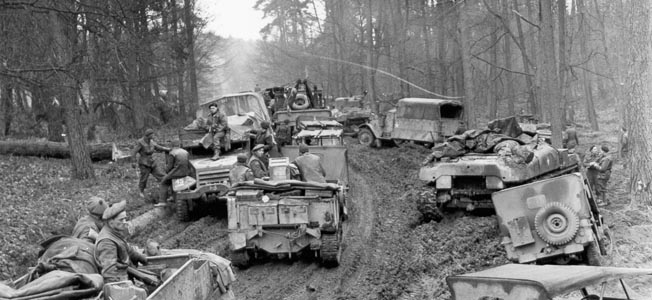
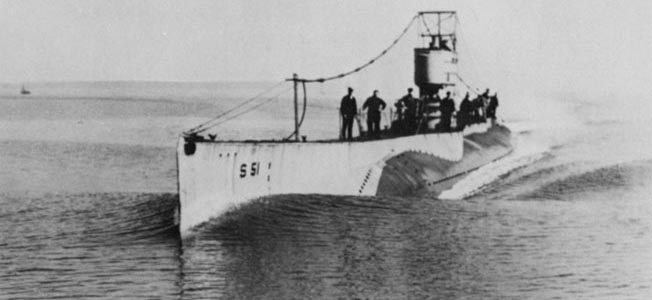
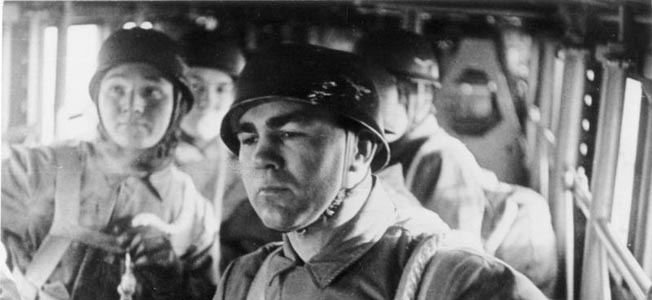
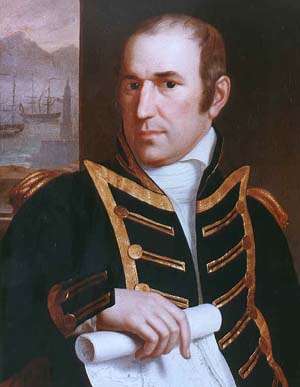
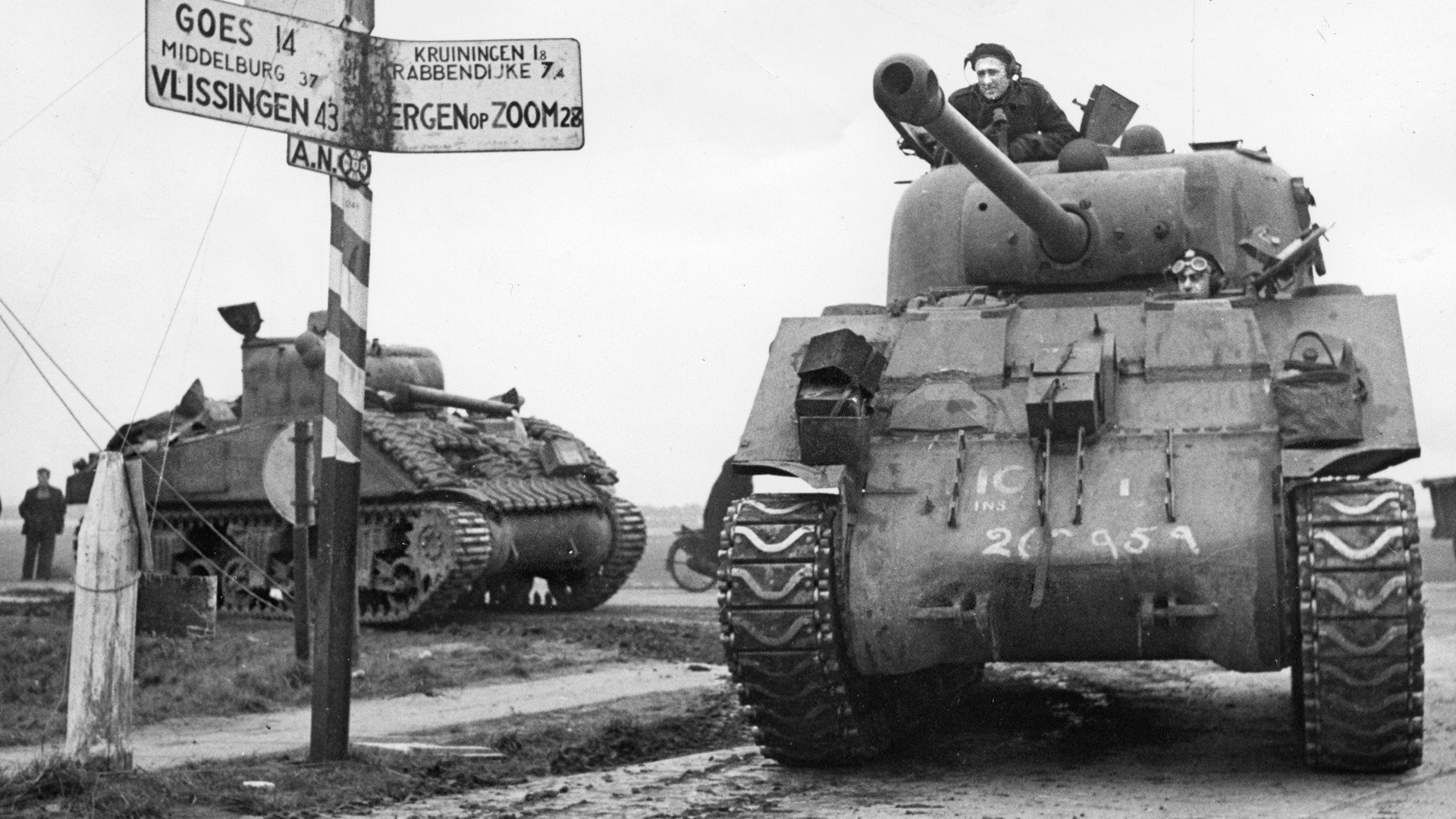
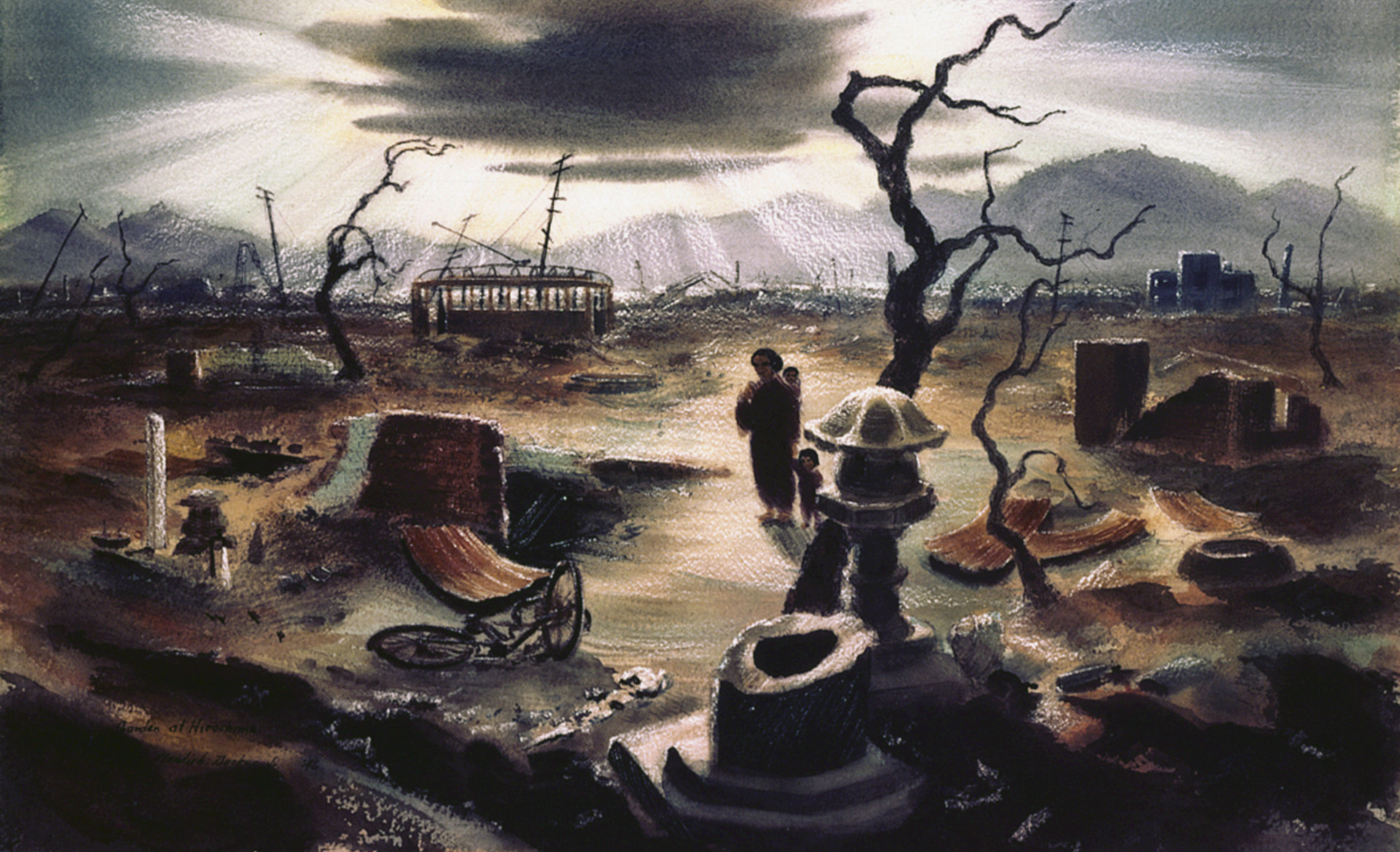
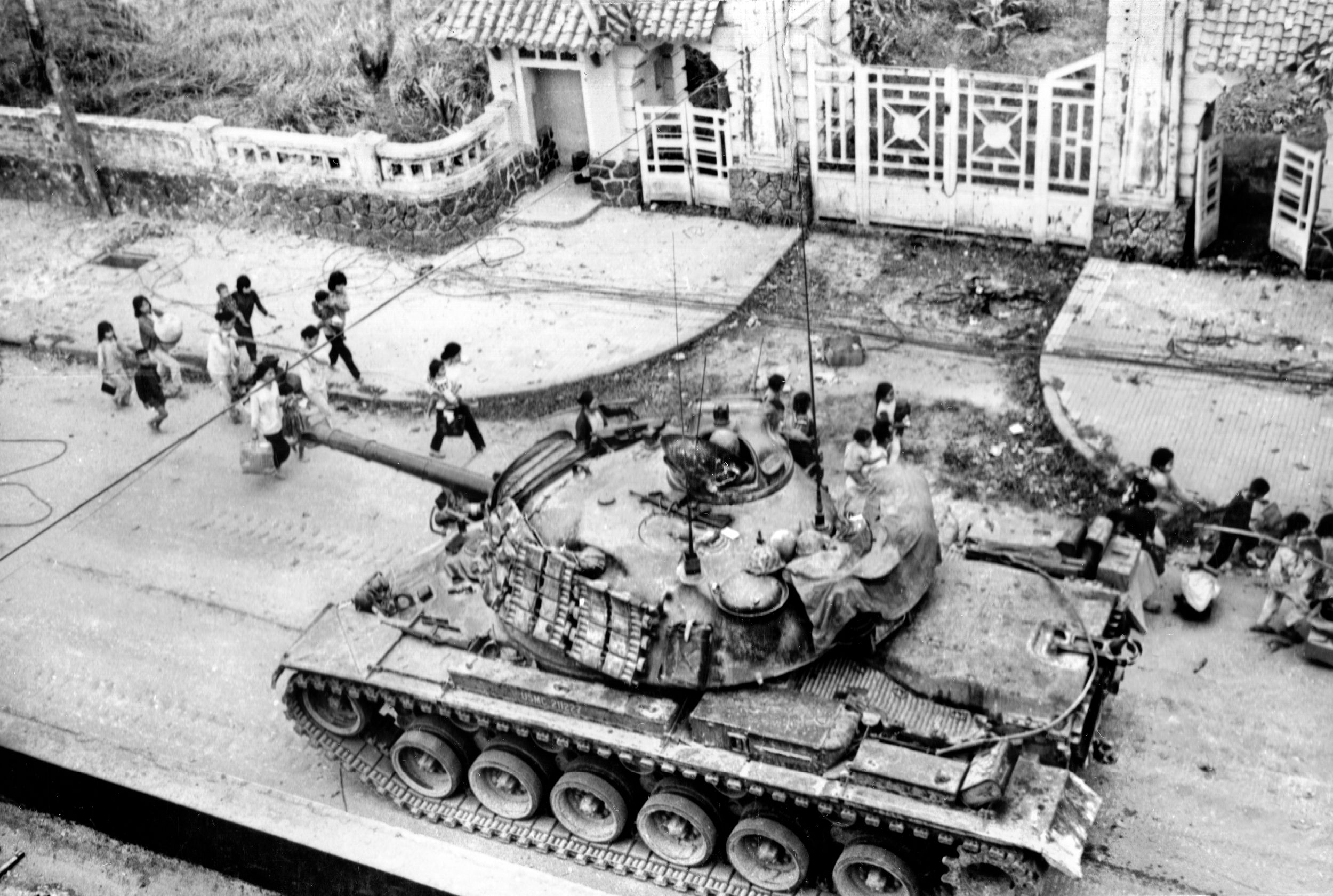
Join The Conversation
Comments
View All Comments